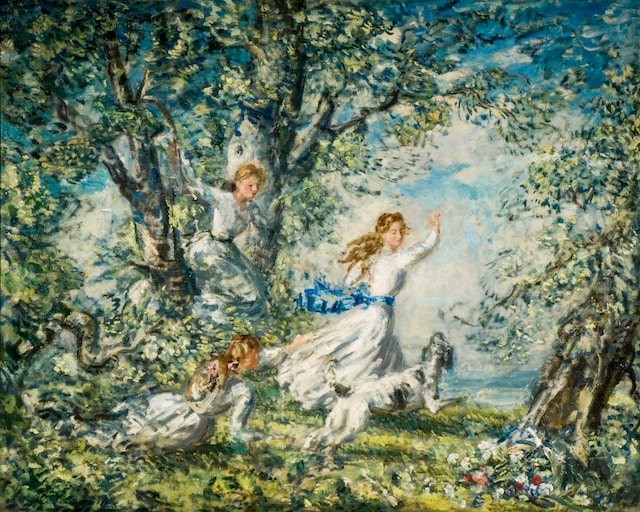
Understanding Art Styles: Realism, Impressionism, and More
Art is a reflection of human creativity and expression, and throughout history, various art styles have emerged, each with its unique characteristics and influences. In this journey through the world of art, we’ll delve into some of the most prominent art styles, from the meticulous detail of Realism to the vibrant and fleeting brushstrokes of Impressionism, and beyond.
The Most Prominent art styles
Realism
Realism emerged in the mid-19th century as a response to the Romantic movement’s idealization of the world. Artists sought to portray everyday life and the world around them with meticulous detail and accuracy. Paintings like Gustave Courbet’s “The Stone Breakers” and Jean-François Millet’s “The Gleaners” are prime examples of Realist works that depicted the struggles and experiences of common people.
Impressionism
Impressionism, which took hold in the late 19th century, was a radical departure from the precision of Realism. Artists like Claude Monet and Pierre-Auguste Renoir focused on capturing the fleeting effects of light and colour in their works. The hallmark of Impressionist art is its ability to convey the atmosphere and mood of a scene rather than its minute details. Monet’s “Water Lilies” series and Renoir’s “Dance at Le Moulin de la Galette” are iconic examples.

Post-Impressionism
Post-Impressionism followed Impressionism and saw artists like Vincent van Gogh and Paul Cézanne pushing the boundaries of artistic expression. Van Gogh’s “Starry Night” is a vivid example of Post-Impressionism, with its swirling skies and bold, emotional use of colour. Cézanne, on the other hand, sought to dissect the world into its basic geometric forms, laying the groundwork for Cubism.
Cubism
Cubism, led by Pablo Picasso and Georges Braque, emerged in the early 20th century and shattered traditional notions of perspective and representation. Artists deconstructed objects and figures into geometric shapes and presented multiple viewpoints simultaneously. Picasso’s “Les Demoiselles d’Avignon” is a groundbreaking Cubist work that reimagined the human form in a fragmented, abstract manner.

Surrealism
Surrealism, born in the 1920s, sought to explore the realms of the unconscious and the irrational. Salvador Dalí’s “The Persistence of Memory” is an iconic Surrealist piece that presents a dreamlike landscape with melting clocks. Surrealists aimed to tap into the deeper, subconscious aspects of the human psyche, often producing jarring and thought-provoking imagery.
Abstract Expressionism
Abstract Expressionism, with artists like Jackson Pollock and Willem de Kooning, emerged in post-World War II America. This movement was characterized by spontaneous and gestural brushwork, often conveying raw emotion and energy. Pollock’s “Autumn Rhythm” and de Kooning’s “Woman I” exemplify the powerful, abstract forms of this style.
Pop Art
Pop Art, which emerged in the 1950s and ’60s, celebrated popular culture and consumerism. Artists like Andy Warhol and Roy Lichtenstein took everyday objects and imagery and elevated them to the status of high art. Warhol’s iconic Campbell’s Soup Cans and Lichtenstein’s Benday dot comic-style paintings are quintessential Pop Art works.
Conclusion
Art styles are a testament to the diversity of human creativity and expression. From the precision of Realism to the abstract forms of Abstract Expressionism, each style offers a unique lens through which we can view the world. Exploring these styles allows us to appreciate the depth and richness of the art world, where innovation and imagination know no bounds.
